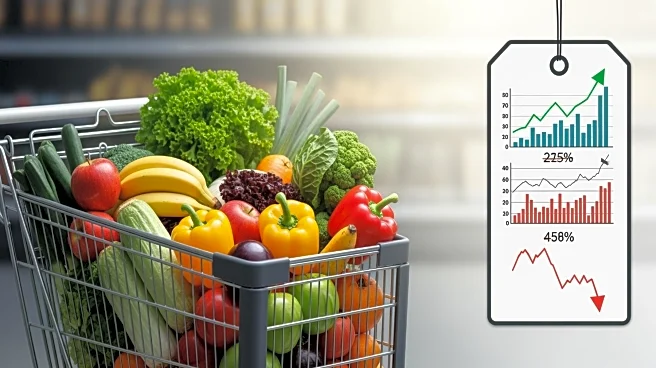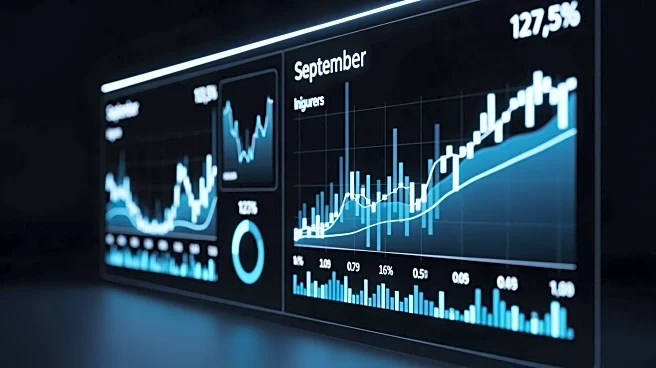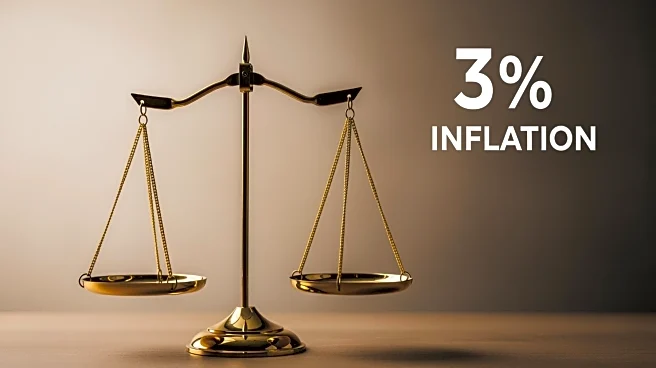What's Happening?
Recent data from the Consumer Price Index indicates that grocery prices have risen, contradicting President Trump's claims that they are 'way down.' The figures show a 0.3% increase from August to September, following a 0.6% rise from July to August.
This marks the largest month-to-month jump in three years. Prices in major grocery categories such as cereals, bakery products, and nonalcoholic beverages have increased, while dairy products saw a slight decrease. Despite Trump's assertions, grocery prices have been on an upward trend since the start of his presidency.
Why It's Important?
The discrepancy between President Trump's statements and the actual data on grocery prices highlights the ongoing challenges of inflation in the U.S. economy. Rising grocery prices affect American households, particularly those with fixed or low incomes, as they face increased costs for essential goods. The situation is further complicated by Trump's policies, such as tariffs and immigration crackdowns, which have been linked to these price increases. Understanding the true state of grocery prices is crucial for policymakers and consumers alike as they navigate economic decisions.
What's Next?
As grocery prices continue to rise, it is likely that there will be increased scrutiny on the administration's economic policies. Economists and policymakers may need to address the impact of tariffs and labor shortages on food prices. Additionally, consumer advocacy groups might push for more transparency and accountability in how grocery price data is communicated to the public.















